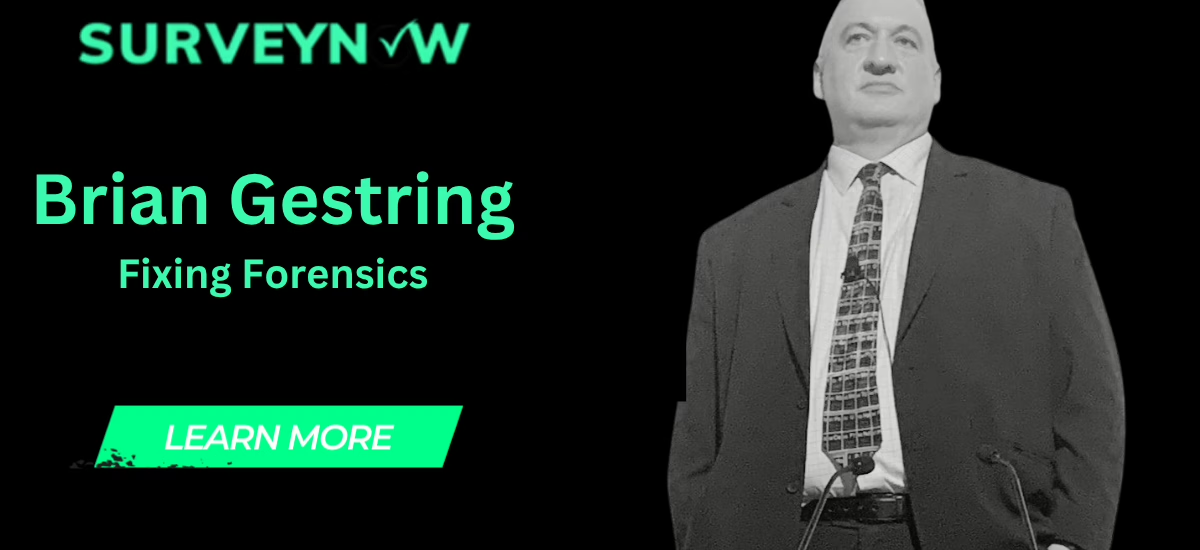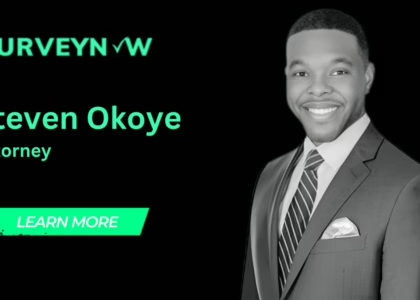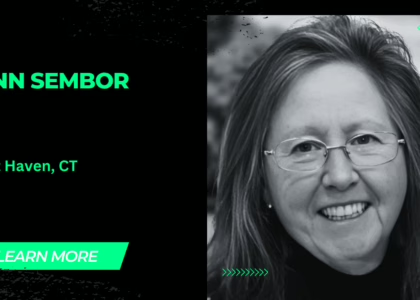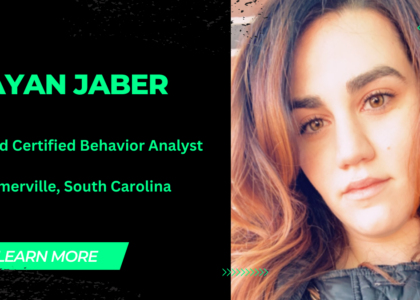Brian Gestring has been a driving force in improving forensic science for decades. Over the course of his career, Brian has held nearly every role from scene investigator to director, working in, supervising, and managing some of the largest and busiest forensic labs in the country. He’s also directed a university forensic science program, taught undergraduate and graduate coursework, and conducted forensic research. This distinctive combination of experiences has allowed Brian to see forensic practice from every angle and made it easier for him to find the problems and identify workable solutions.
But his enthusiasm goes beyond policy. He thinks that honesty, curiosity, and the willingness to question old assumptions are what make forensic science work. In this interview, he discusses what shapes his philosophy and why he wants to share his knowledge with new audiences through his YouTube channel, Fixing Forensics.
Tell us about your background and what inspired you to pursue a career in this field.
I was pursuing a science degree in college, but wasn’t sure exactly what I was going to do with it. This was before the internet, so you had to get ideas the old-fashioned way. I’ve always loved the Sherlock Holmes novels, and I wondered if I could make a career out of the science of crime. Once I started looking into it, I was hooked, and I’ve never looked back.
What was the turning point that shaped your approach to leadership?
I feel strongly that we have an obligation to leave the world a better place than we found it, and I’ve worked hard to improve every process I encountered from my earliest days in the field. Early on, this was easy because I was changing the processes I was doing, but I soon realized that this wasn’t enough. To have real and sustained change, I had to empower others who were also doing the work. I did this through mentoring the people I was working with and dedicating a significant portion of my life to teaching the next generation of forensic professionals. I am one of the only people I know in my field who has bounced back and forth between being a practitioner and an academicsometimes occupying both worlds at the same time.
As I advanced in my chosen profession, I noticed that information silos crippled progress. I took every opportunity I could to facilitate sharing ideas and information. In one example, I brought all the lab directors together in New York State to talk about how they handled their backlogs and brought in experts from around the country to share their successful methods. I didn’t stop there but worked to develop a statewide approach to backlog management that was the first of its kind in the nation.
What have been some of the biggest challenges in your career?
Forensic practice is a field that is very resistant to change. Back in 2006, Congress gave 1.4 million dollars to the National Academy of Sciences to find ways to improve forensic practice. They empaneled experts from across the country and held public meetings, getting input from everyone. Three years later, they published a 328-page report with specific recommendations that were essentially ignored.
One of those recommendations was to standardize the reporting language in forensic reports. While I couldn’t control what everyone in the country did, I did exert influence over New York. I arranged regular meetings with representatives from each different type of forensic testing performed in the state, and had important discussions about the standard components that should appear in a report for their testing. We also agreed on standardized reporting language with prescribed times where qualifiers or disclaimers were necessary, and standardized definitions. Once these groups finished their work, I was able to meet with the laboratory directors and get their approval. To ensure full transparency, I had these guidelines posted on my agency’s website and made sure they were updated annually.
All the New York Forensic laboratories are still using these report standardization guidelines, and they still remain the only successful attempt to implement any aspect of the 2009 National Academy report.
How has your work made a difference in the field?
I’ve kind of cheated a little by jumping between being an academic and a practitioner. Many of my former students have gone on to become leaders in the field. They are not just supervisors, but Quality Assurance Managers, Deputy Directors, and Directors of large and busy operations. One of my former students was even appointed to a State Forensic Science Commission. In those roles, I’ve seen them carry on many of the core principles that I’ve taught them.
The statewide approach to crime laboratory backlog management I developed remains the only one in the country, giving New York forensic labs an efficiency edge. New York remains the only jurisdiction that has successfully implemented the National Academy of Science recommendation to standardize forensic reports because of the work I did coordinating the labs and their experts.
Throughout my career, my casework has always involved the worst types of crimes. Rapes, murders, and serious assaults. In each of these cases, identifying the true perpetrators matters to both the victims and their families, as well as to those who might not face the same offenders in the future. I was the first person to testify in the use of partial match DNA, resulting in the conviction of a Long Island man for rapes and murders that occurred in 1993 and 1994. I also coordinated the approval of New York’s Familial Search DNA program, which has already led to arrests in a number of old unsolved cases.
What do you see as the biggest obstacles to change in forensic practice?
Many of the problems that we are still trying to address today are legacies of how forensic science initially started more than a century ago. The first police crime laboratory started in Lyon, France. Dr. Edmund Locard, the first director, received an old attic in the justice center, furnished with two wicker chairs and a Bunsen burner. Despite becoming a giant in the field, he was never given a salary and had to use his own money to buy equipment, supplies, and hire staff.
Funding and support for forensic services is still problematic. Forensic providers come from all levels of government (Federal, State, County, Municipal), and there is no universal authority that everyone must listen to. While there have been significant efforts to increase the quality and reliability of forensic work, it is still left up to the individual agency to decide if they will adopt more rigorous standards. Without funding or a mandate, change becomes very difficult.
Is it still possible to overcome this obstacle?
I think it is.
I’ve published a couple of papers in a forensic science policy journal that describe different ways to overcome these barriers. The first discussed a way that the federal government could use existing funding to create both the necessary infrastructure and incentives to effect positive change.
The second discusses how the newly created National Association of Forensic Science Boards could work with the different jurisdictions that have some form of oversight board or commission to increase quality standards in forensic practice.
While I don’t want to give too much away just yet, I am working on a new proposal that I believe will break through the very low glass ceiling that voluntary compliance has created and encourage all forensic providers to embrace processes that increase their reliability.
Where do you get your ideas?
To find a solution, you need to first understand the problem. The unique pathway of my career has allowed me to see forensic practice from every angle and has given me a clear picture of the problems we face.
That understanding has allowed me to look outside of forensic practice to other fields that might have addressed similar problems to see if some aspect of their solution might be something we can use. I’m constantly giving people in other industries the elevator pitch and picking their brains when one aspect of something they are doing might prove useful.
How are you getting your ideas out there?
I’m a scientist who got my degrees before the internet was a thing. I started by the traditional mechanism of presenting my ideas at National Forensic Science meetings and then publishing those presentations in peer-reviewed scientific literature.
I don’t think that is enough anymore. Since COVID I have been pre-recording the presentations I give at scientific meetings as back-up. After the last set of meetings that I attended this past February, I decided to post some of those pre-recorded lectures online so more people could benefit from them. I created a YouTube channel called Fixing Forensics to host them.
To increase awareness of these critical issues, I plan on creating videos that are shorter and designed as edutainment for the general public. Forensic science should soften the rough edges of the criminal justice system, not sharpen them. If more people are aware of where the problems are and how they could be negatively impacted by them, there will be more pressure to fix them.
What advice would you give to people who want to make their mark in this field?
Don’t be afraid to think for yourself. If something doesn’t make sense or feels outdated, speak up. Science grows through questioning. Challenge ideas that need updating and support the ones that work.
Don’t be hesitant to say what you think, which is just as important. You assist the field grow forward when you share your point of view.
And never stop learning. Even if they aren’t in your field, work with other professionals. The more you work together, the more you learn. You learn something new from every conversation.
Conclusion
Brian Gestring’s message is clear: true change happens when people truly understand a problem and are willing to think, question, and share what they know. That’s why he created his YouTube channel, Fixing Forensics. In a field that deals with truth every day, his approach reminds us that the search for truth begins within the system itself; one idea, one conversation, and one person at a time.
Want to read more about Brian Gestring? Visit his website.
Ready to experience the power of SurveyNow firsthand? Start your free trial today and see how easy data collection can be.





